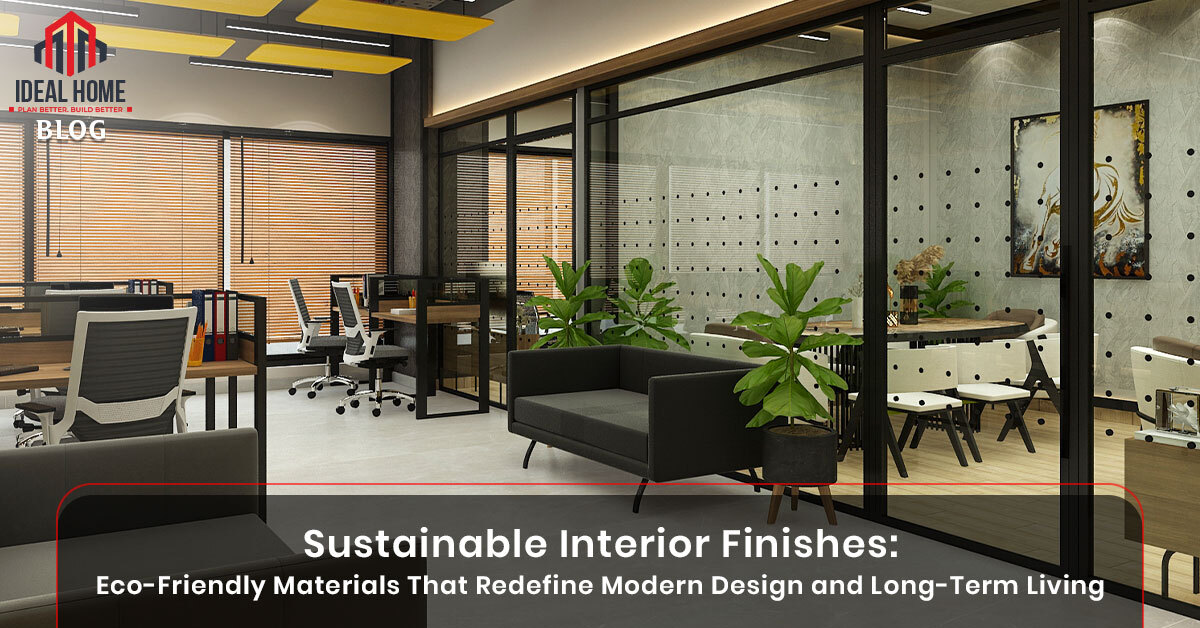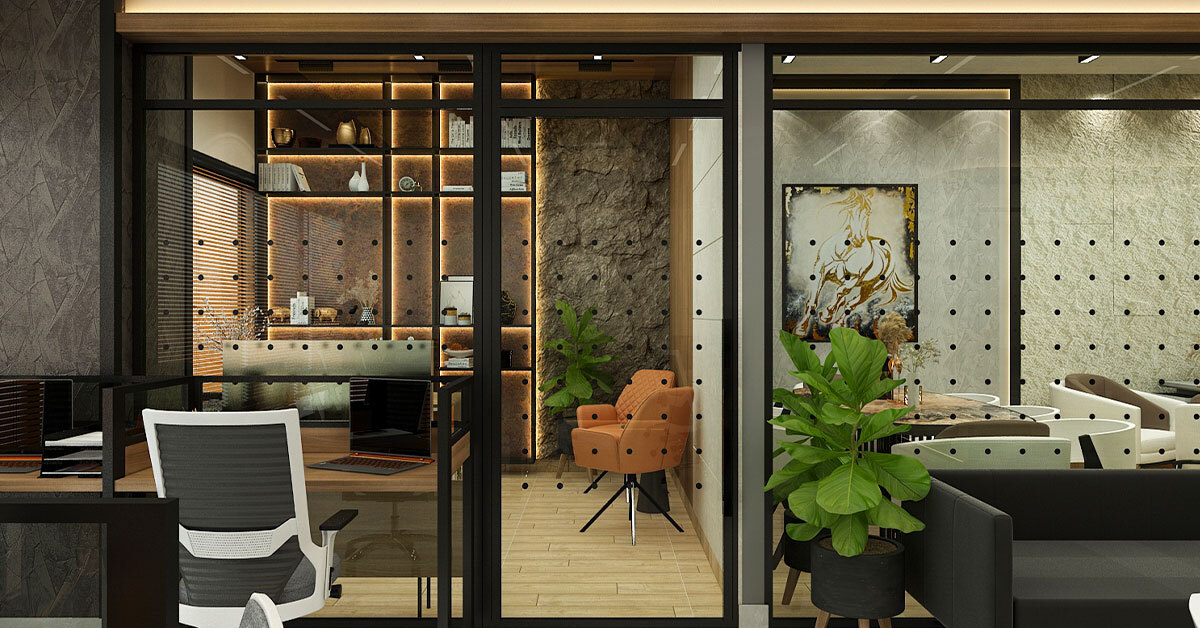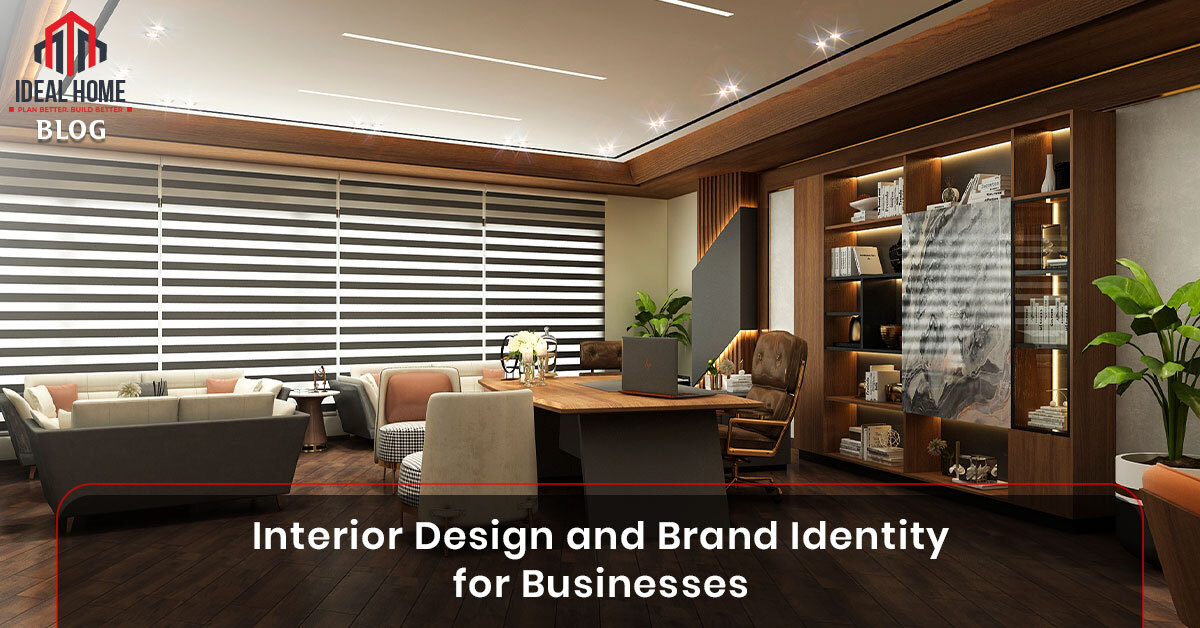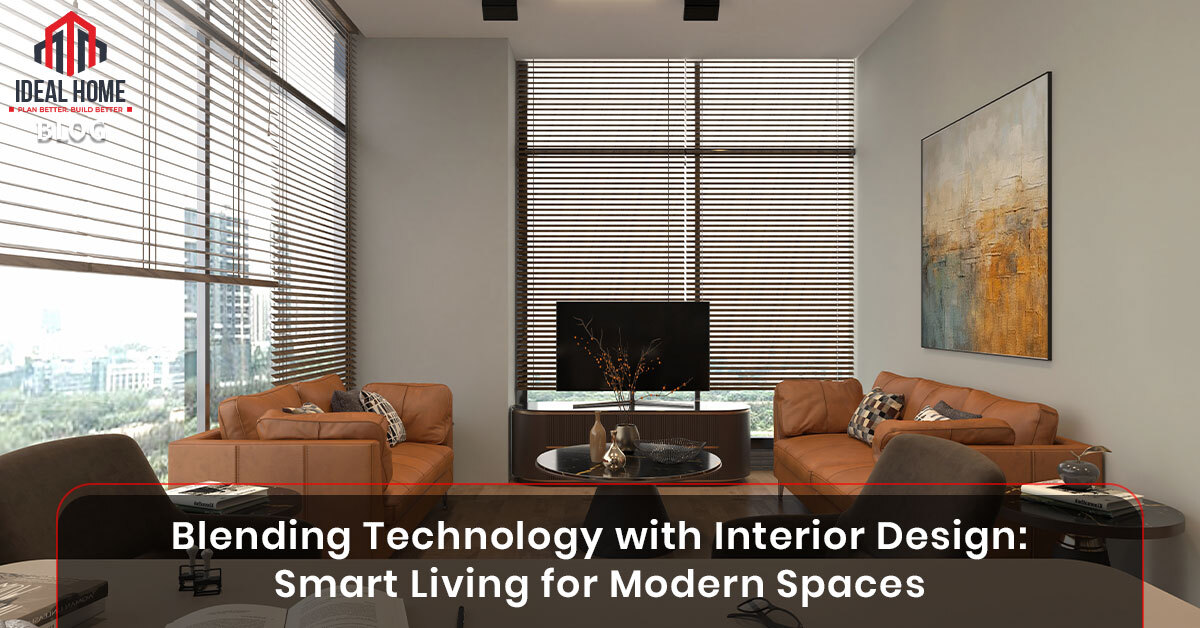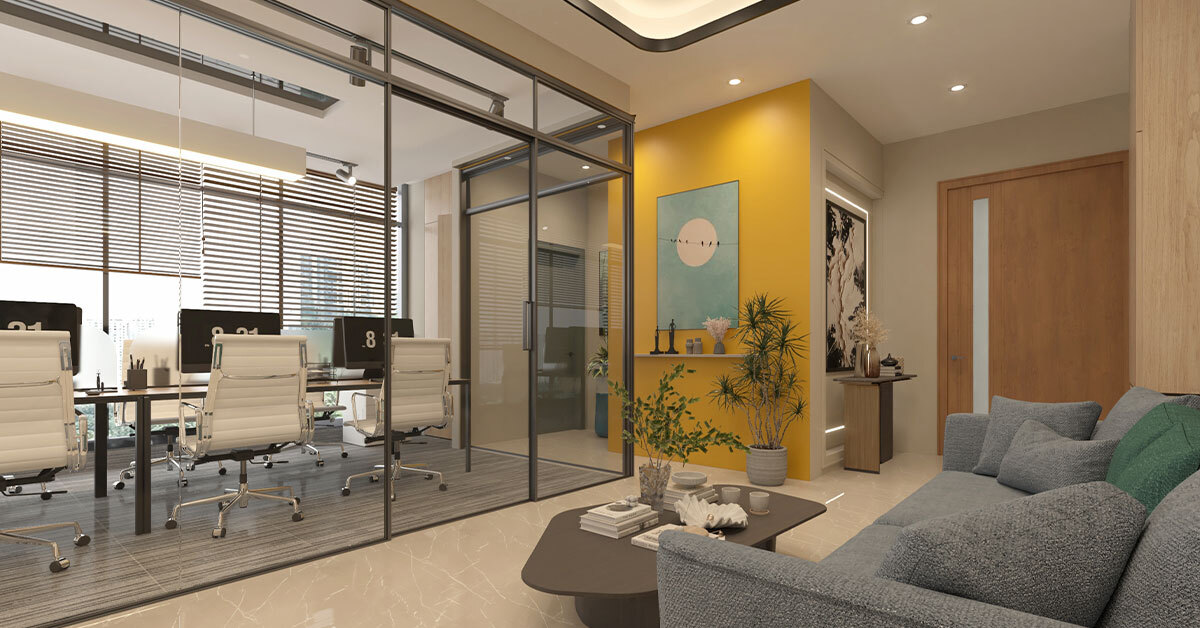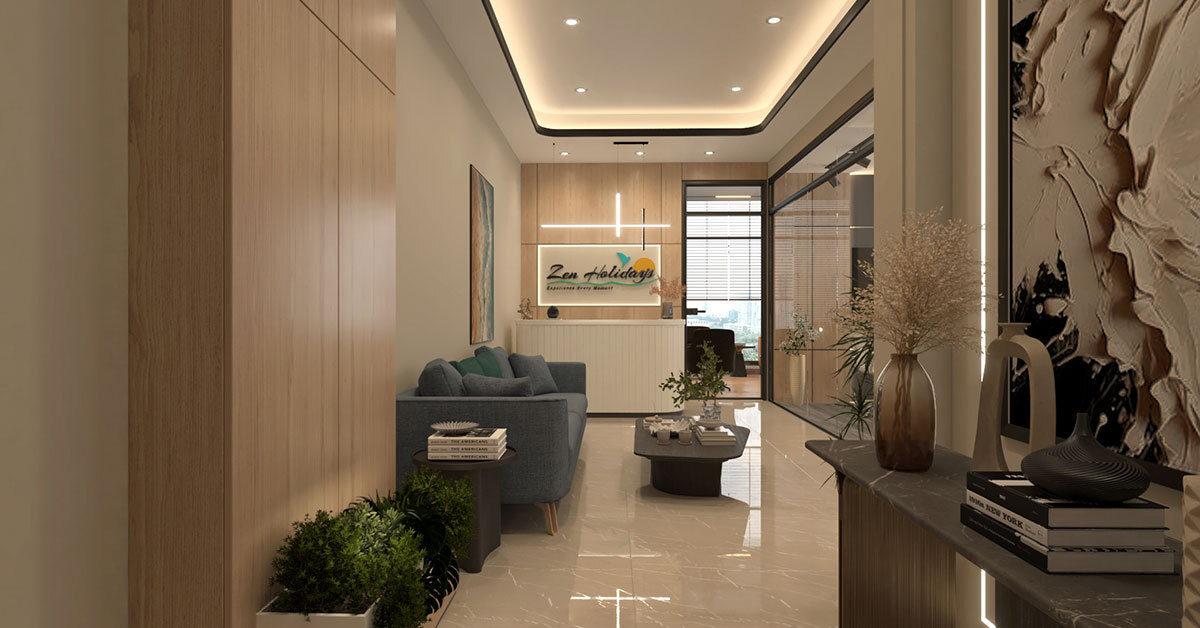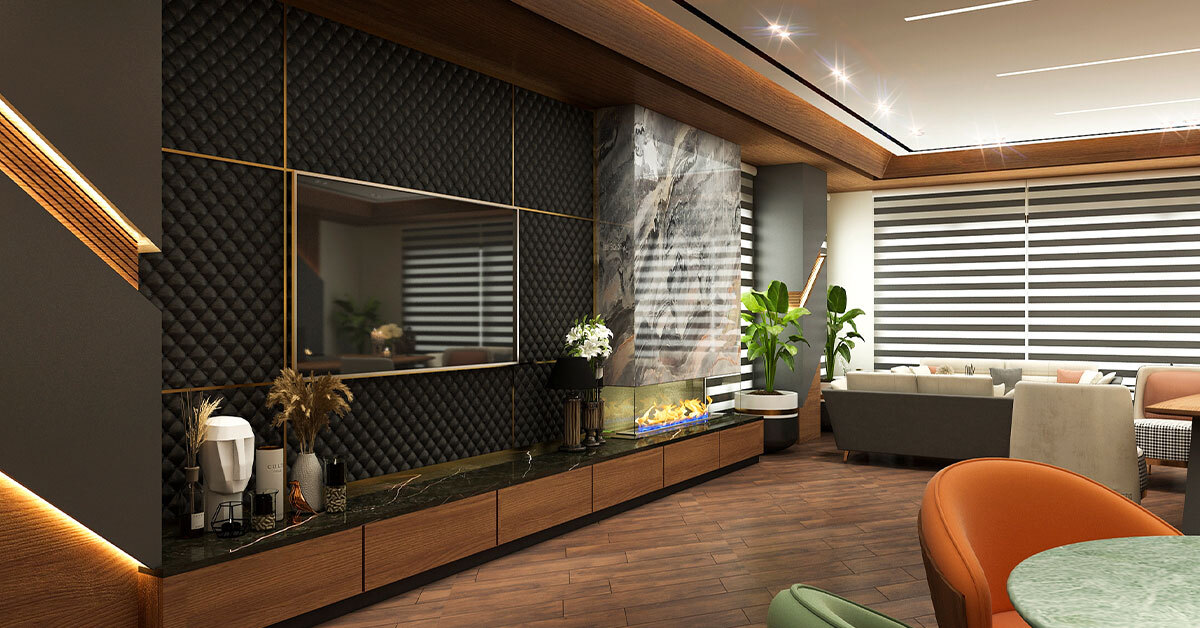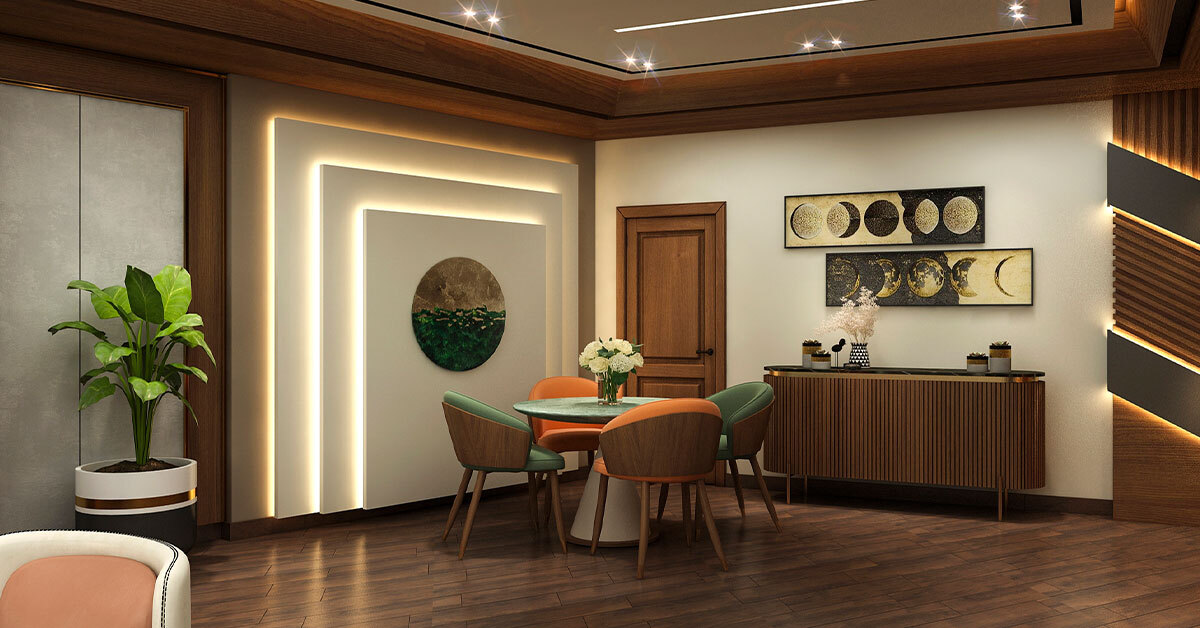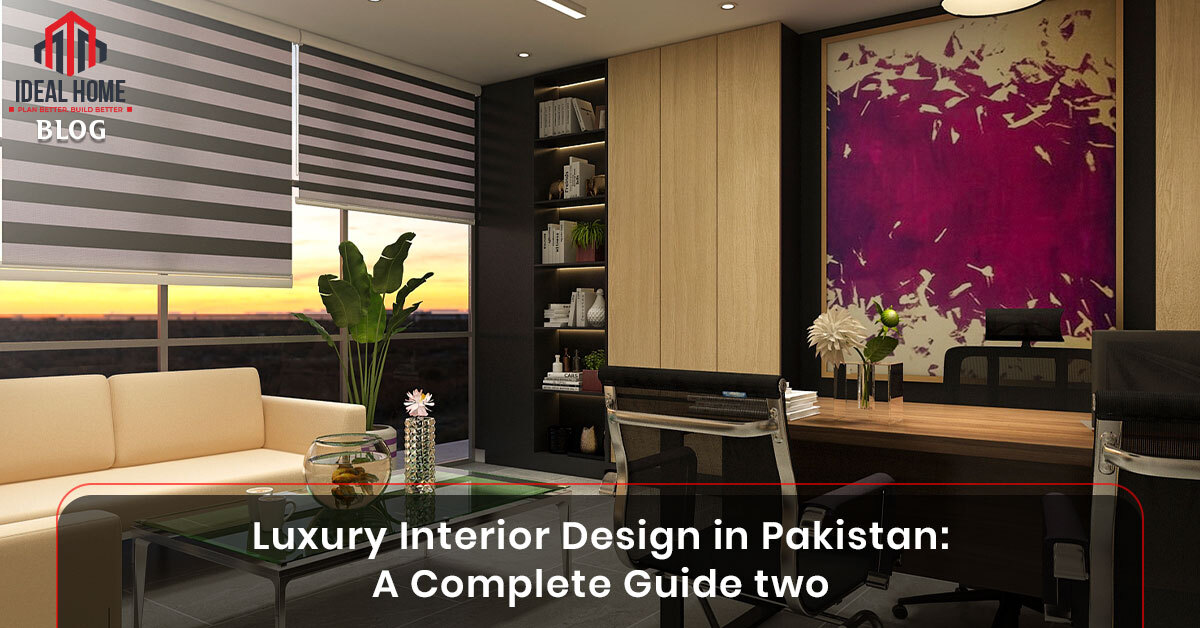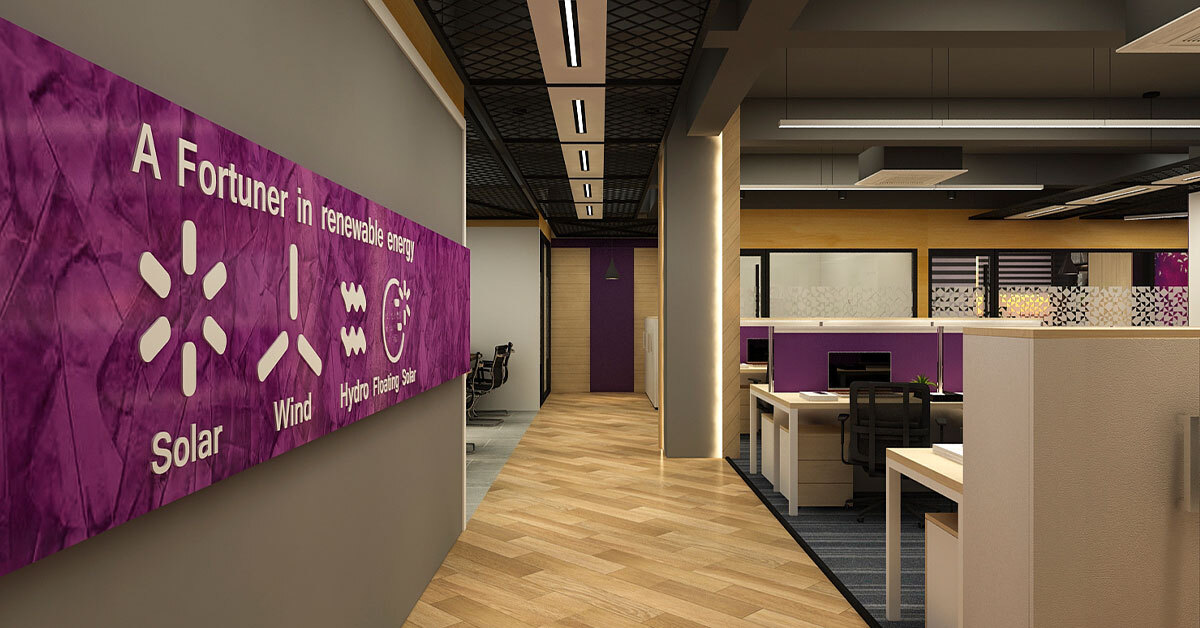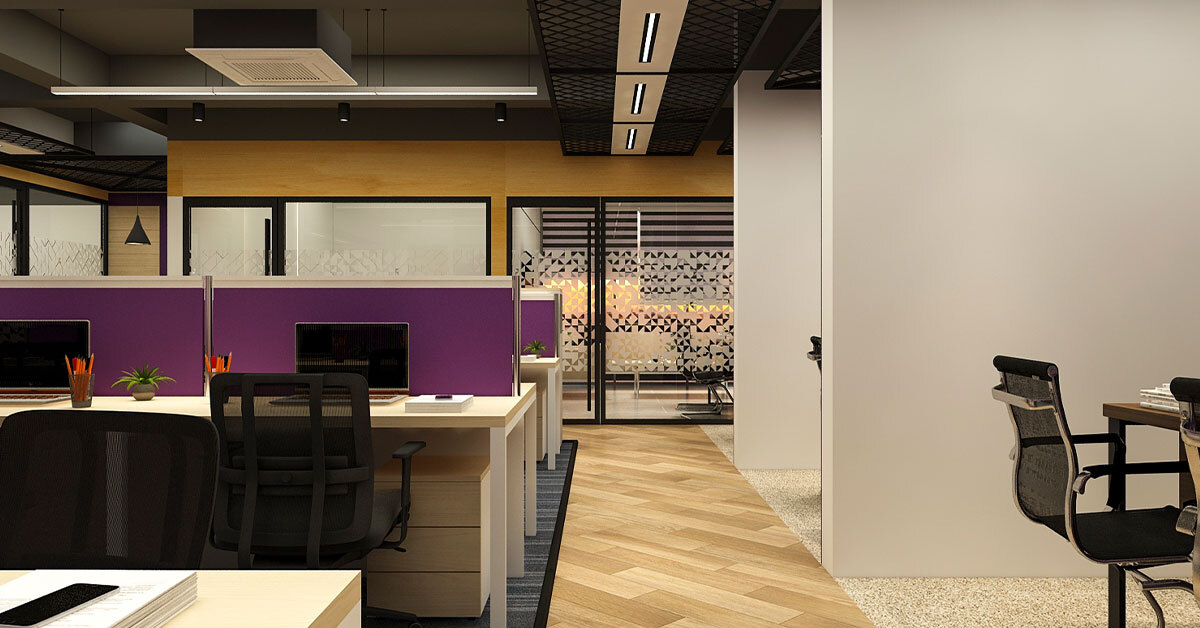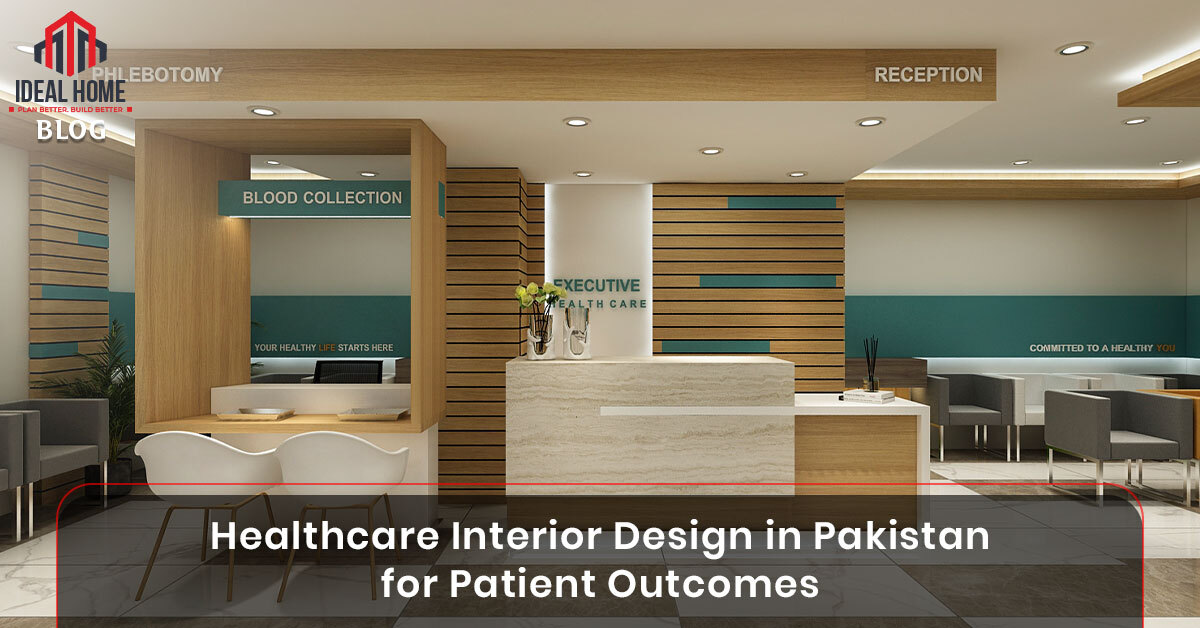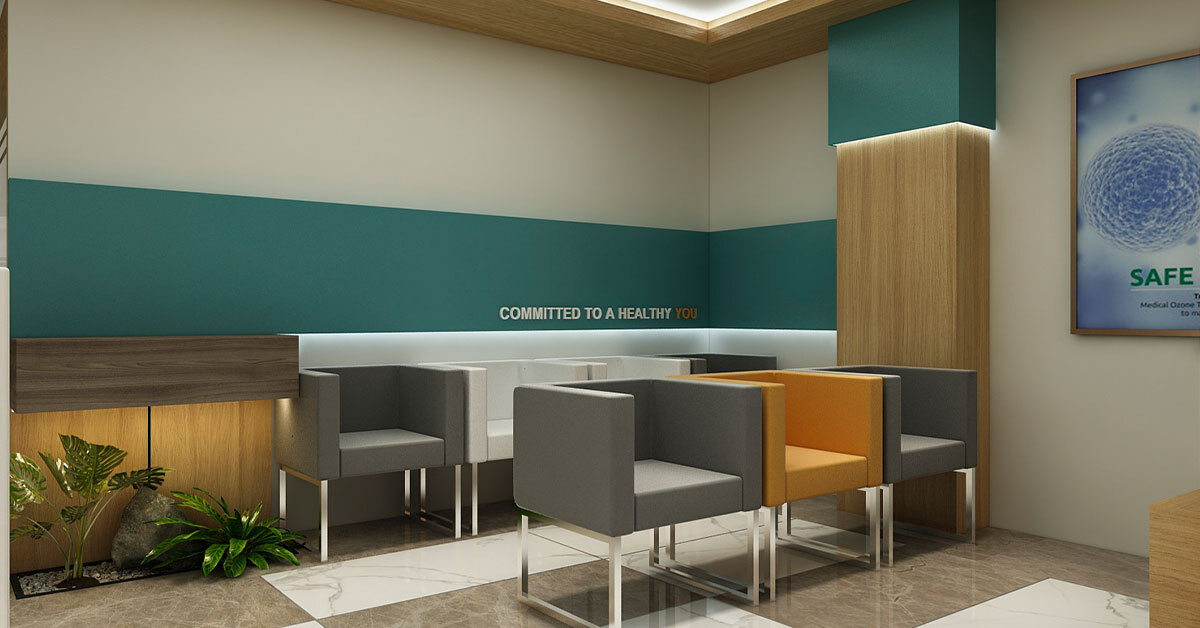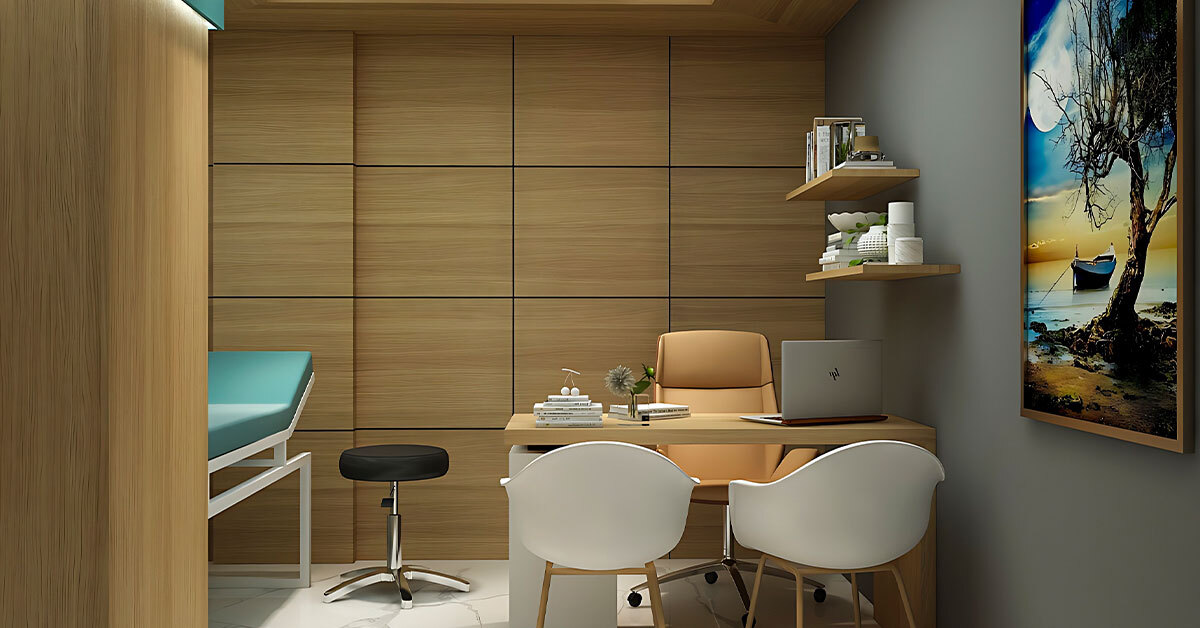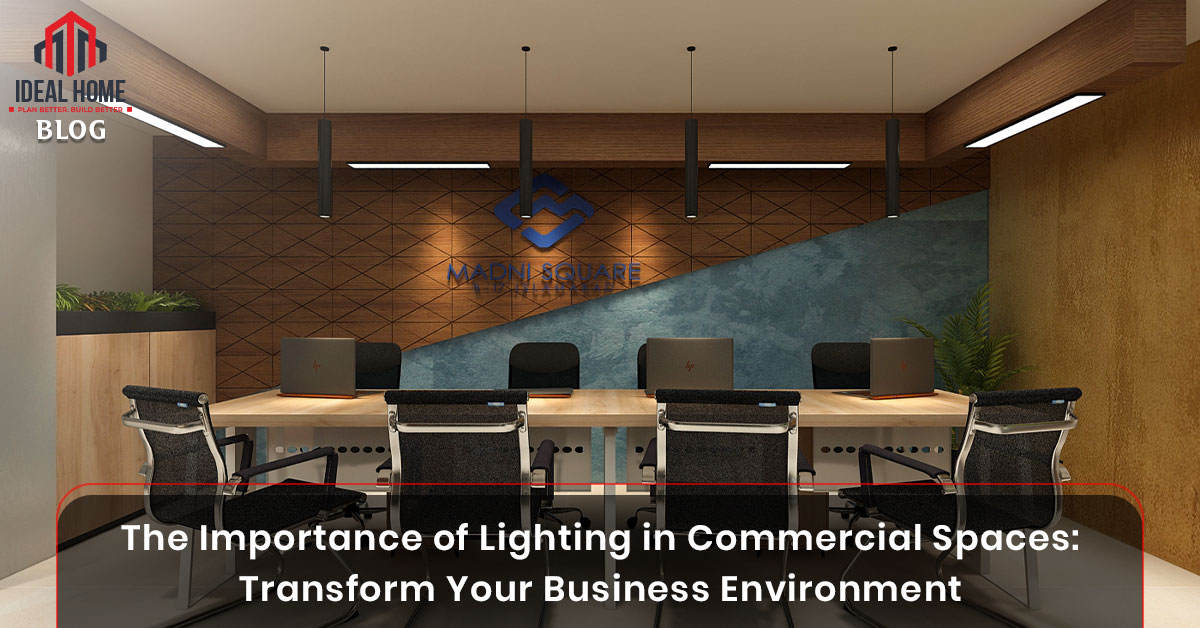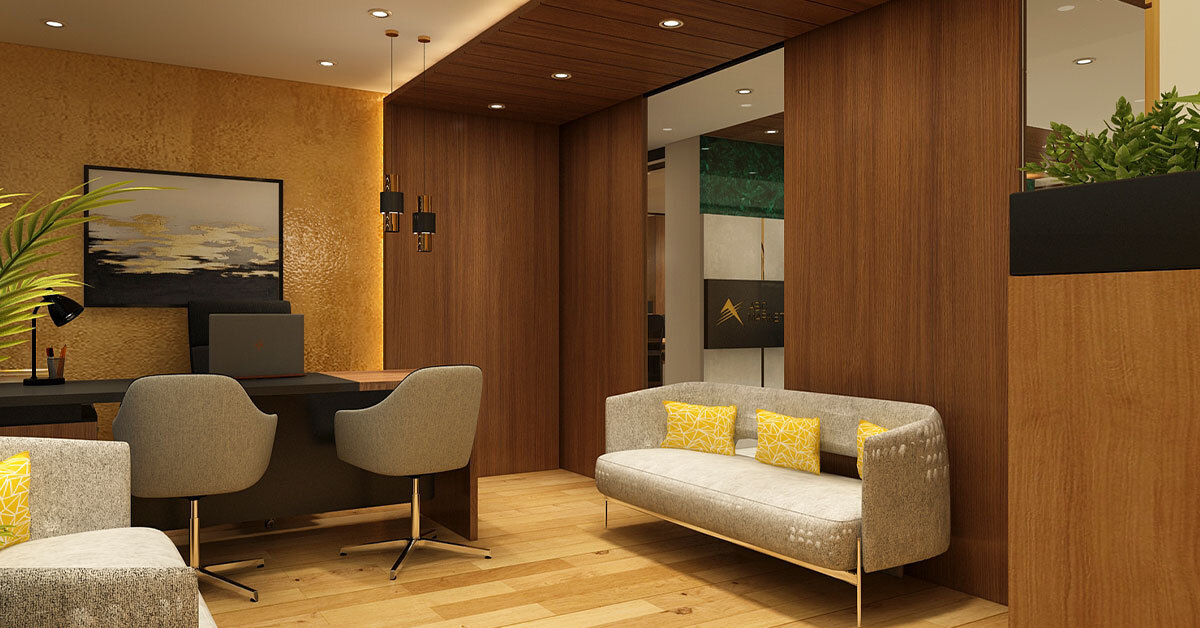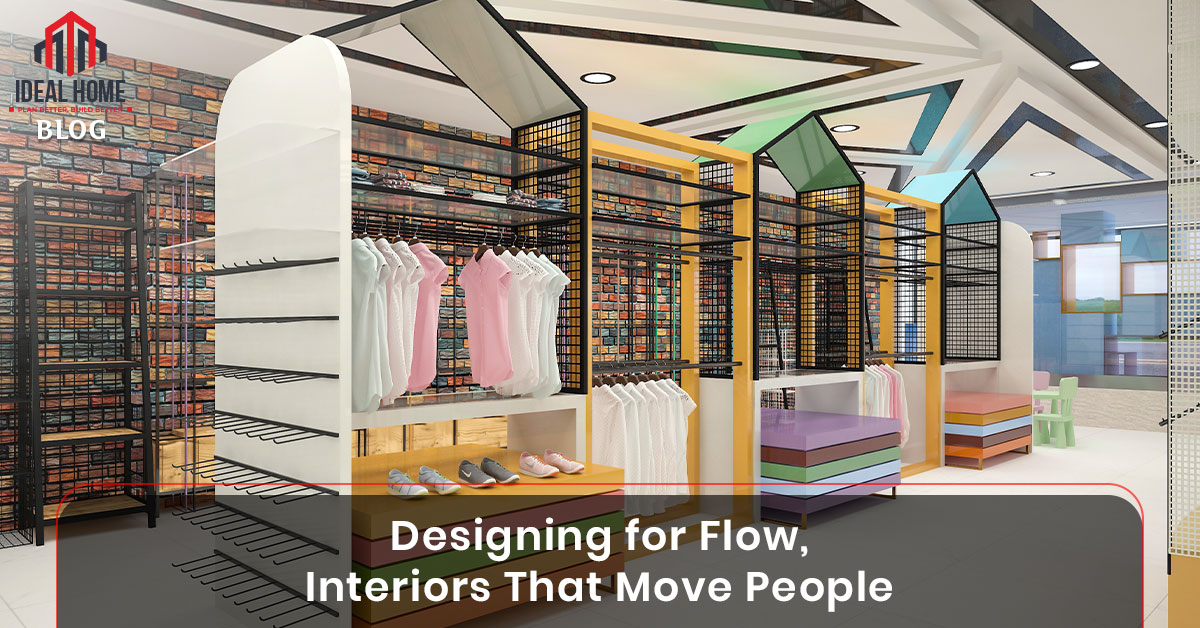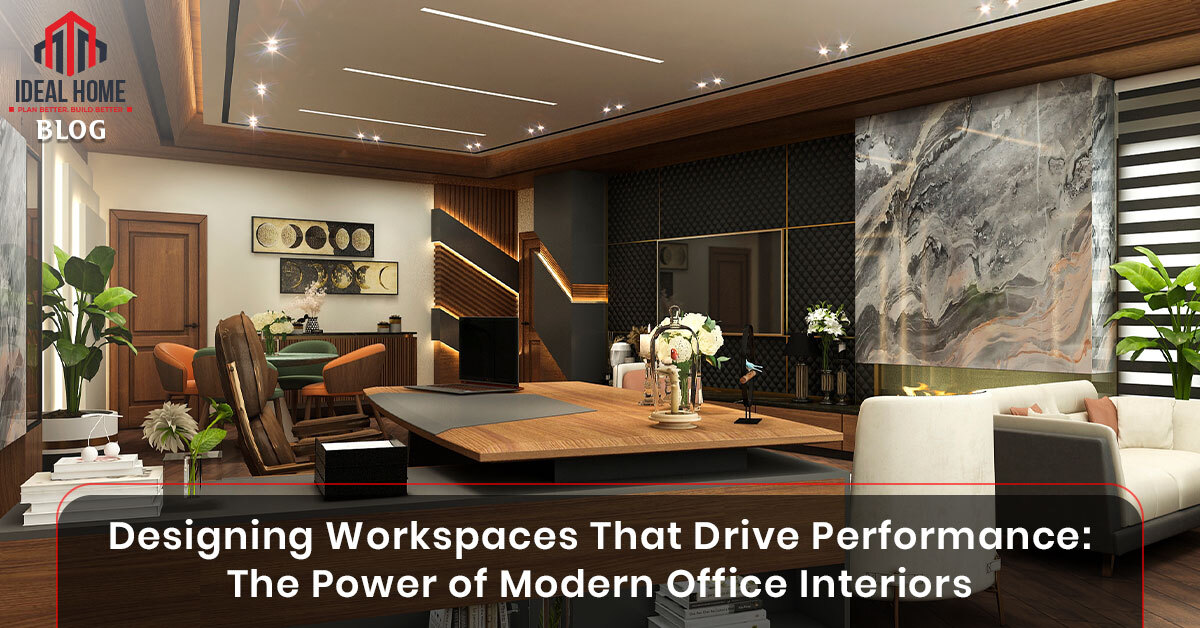
The modern workplace is more than desks and chairs. It’s a living environment that shapes creativity, energy, and productivity every single day. The way an office is designed influences how employees think, move, and collaborate. A well-planned workspace can transform a routine workday into an experience that motivates and inspires.
Today, every successful organization understands that design affects performance. When spaces are structured with purpose, employees feel valued and supported. The connection between surroundings and behavior is powerful—lighting, color, and layout can directly impact focus, comfort, and mood. That’s why modern office interiors are not just about appearance; they are about performance, well-being, and identity.
This blog explores how interior design enhances employee efficiency, builds brand culture, and creates morale that sustains success. It also explains how Ideal Home delivers tailored modern office interiors designed to optimize every square foot.
The Psychology of Space and Productivity
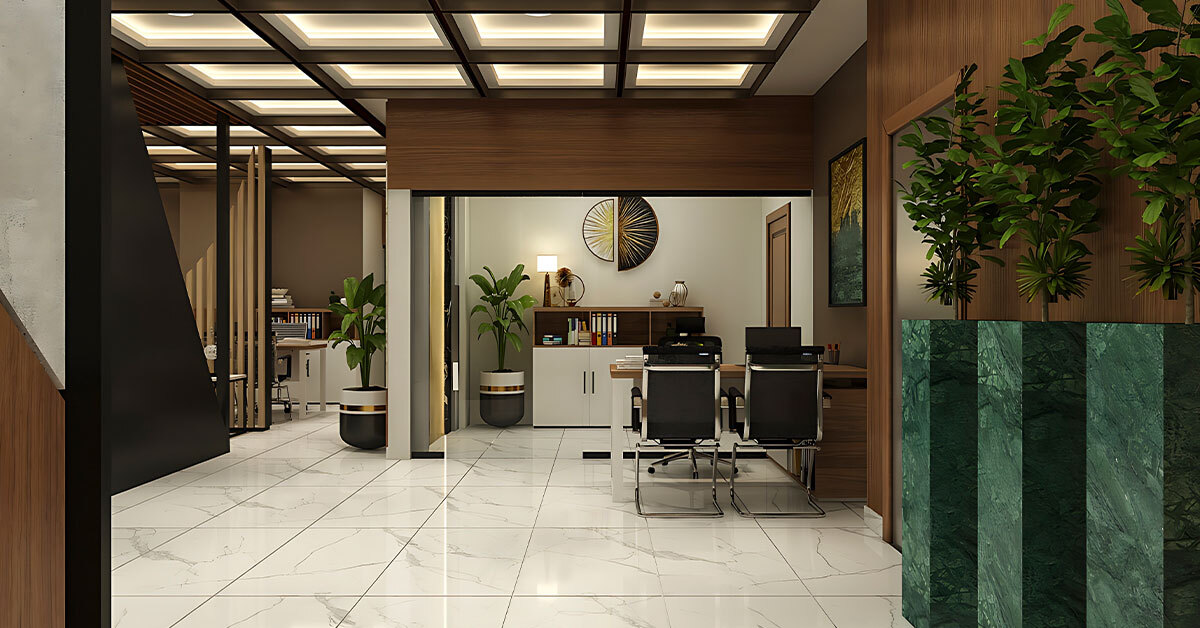
A workspace influences how people feel and perform. Design choices send messages that shape emotions and productivity levels.
Key elements that affect performance:
- Lighting: Natural light improves mood and concentration. Poor lighting, on the other hand, leads to fatigue.
- Color psychology: Blue tones promote focus, green relaxes the mind, and yellow sparks creativity.
- Ergonomics: Comfortable furniture reduces stress and increases efficiency.
- Noise control: Thoughtful acoustics reduce distractions and improve focus.
Modern office interiors integrate these psychological elements to create environments where employees thrive. Flexible layouts, creative zones, and quiet corners give individuals control over how they work best. The result is a more balanced and productive workspace.
A thoughtful design approach doesn’t just improve aesthetics; it drives measurable results. Teams communicate better, projects move faster, and employee satisfaction rises. When design aligns with psychology, a workspace becomes a catalyst for performance and growth.
Building Brand Identity Through Design
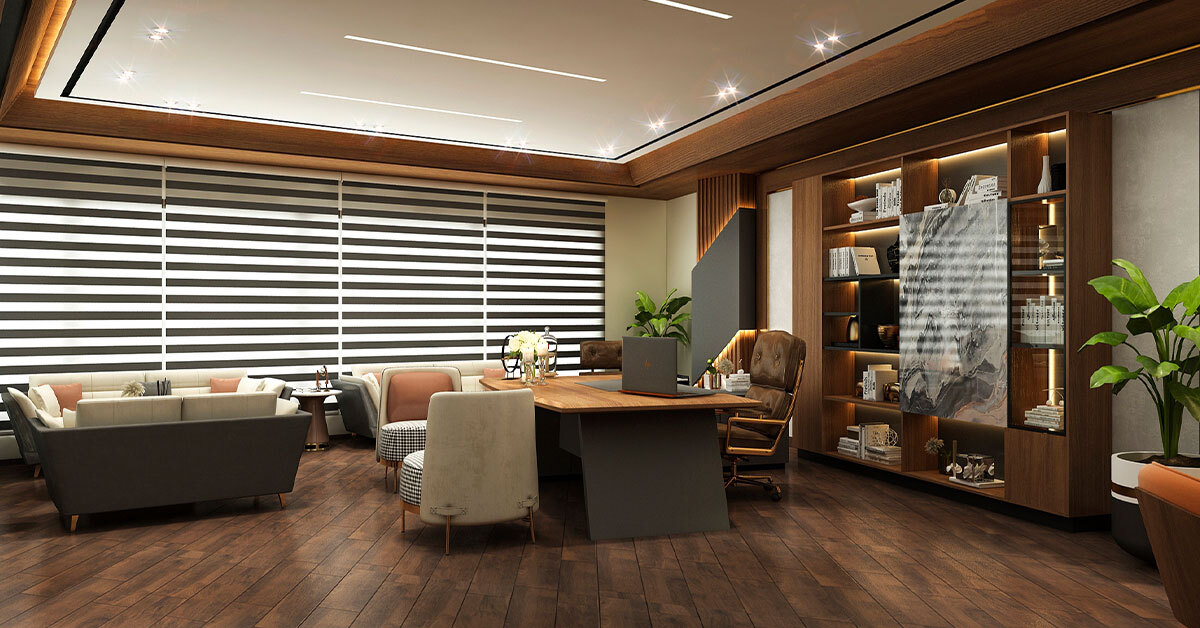
Every office tells a story. Modern office interiors help translate that story into a physical experience that reflects a company’s culture, mission, and values.
How design shapes identity:
- Visual consistency: Incorporating brand colors, textures, and signage reinforces recognition.
- Functional storytelling: Layouts that highlight collaboration and innovation send the message of progress.
- Material selection: Sustainable materials project responsibility and modern values.
- Cultural reflection: Spaces aligned with company values make employees proud to belong.
When an office mirrors the brand’s essence, it strengthens the emotional connection between employees and their workplace. A well-designed space communicates professionalism, creativity, and trust to clients and visitors alike.
Modern office interiors are strategic tools that go beyond decoration. They support culture-building, reinforce purpose, and encourage unity. Ideal Home understands that every design detail contributes to the overall brand image and ensures that each project reflects the client’s unique identity.
Designing for Collaboration and Efficiency
The way an office is structured defines how people interact and perform. Modern office interiors play a vital role in shaping these interactions by encouraging teamwork, focus, and flexibility. When the design balances open collaboration with private concentration, productivity increases naturally. A well-planned workspace becomes a place where creativity flows, communication strengthens, and goals are achieved faster.
Design strategies that boost collaboration:
- Open-plan layouts: Encourage communication, unity, and shared energy.
- Zoning: Dedicated areas for meetings, focus work, and relaxation maintain balance.
- Breakout zones: Foster creativity and informal discussions that lead to innovation.
- Technology integration: Smart lighting, scheduling, and connectivity improve workflow.
Modern office interiors are not just about visual appeal. They are strategic tools that enhance teamwork, support individual performance, and create a positive work culture. When design aligns with purpose, every square foot adds value to the organization.
1. Adaptive Work Areas
- Modular furniture supports shifting team dynamics and changing project needs.
- Moveable partitions allow teams to reconfigure spaces quickly.
- Defined yet open zones generate creative energy without clutter or chaos.
- Flexible meeting pods and co-working areas encourage instant collaboration.
2. Comfort and Well-being
- Ergonomic furniture enhances posture and reduces fatigue.
- Natural light and indoor plants improve well-being and focus.
- Sustainable, breathable materials reduce stress and enhance satisfaction.
- Climate-controlled areas maintain comfort throughout the day.
3. Balanced Privacy and Openness
- Acoustic panels limit distractions in open spaces.
- Glass partitions preserve openness while ensuring boundaries.
- Quiet pods and focused corners support deep, uninterrupted work.
- Smart soundproofing ensures privacy during meetings.
Modern office interiors designed this way create environments that evolve with the organization. They allow teams to work efficiently while maintaining individuality and comfort. Ideal Home understands how to merge design intelligence with human behavior, producing workspaces that inspire innovation and collaboration every day.
By combining creativity with structure, Ideal Home delivers modern office interiors that help companies grow stronger, work smarter, and perform better.
Ideal Home: Transforming Workspaces with Modern Office Interiors
At Ideal Home, we believe a workspace should reflect more than a company’s operations, it should represent its energy, ambition, and identity. Our team specializes in creating modern office interiors that combine functionality, aesthetics, and innovation.
Our services for modern office interiors include:
- Turnkey Design Solutions: From initial concept to final execution, we manage every stage seamlessly.
- Space Planning and Layout Optimization: We maximize every inch for comfort and productivity.
- Customized Furniture Design: Tailored solutions to match your brand’s aesthetic and functional needs.
- Lighting and Material Selection: Smart, sustainable choices that enhance ambiance and efficiency.
- Technology Integration: Intelligent systems for lighting, climate, and acoustics.
- Project Management: Timely, transparent, and detail-driven delivery.
Our approach begins with understanding your brand culture and employee workflow. We then design spaces that drive motivation, collaboration, and innovation. With over four decades of experience, Ideal Home delivers interiors that are timeless, purposeful, and performance-oriented.
Modern office interiors by Ideal Home are built to last—crafted with precision, premium materials, and a clear design vision. Whether it’s a corporate headquarters, co-working space, or creative studio, our designs create an environment where people perform their best.
Transform Your Workspace with Ideal Home
Designing a workspace that drives performance requires understanding how people think, move, and feel. Every element from lighting to layout plays a role in productivity and morale. Modern office interiors have evolved into powerful tools that blend aesthetics with efficiency.
At Ideal Home, we design environments that bring out the best in every team. Our process ensures every project aligns with your company’s goals while offering comfort and creative flow. A thoughtfully designed office can transform everyday work into an inspiring experience.
Ready to elevate your workspace? Contact Ideal Home today to start your transformation. Let our experts craft modern office interiors that reflect excellence, drive performance, and inspire lasting success.
FAQs About Modern Office Interiors
1. What are modern office interiors?
Modern office interiors focus on functionality, comfort, and design harmony. They combine open layouts, smart technology, and aesthetic details to create efficient and inspiring workplaces.
2. How do modern office interiors improve employee productivity?
A well-designed modern office interior enhances focus, reduces distractions, and promotes collaboration. Thoughtful lighting, ergonomic furniture, and smart layouts directly boost performance and creativity.
3. Why should I choose Ideal Home for modern office interiors?
Ideal Home specializes in creating modern office interiors that reflect your brand’s vision and culture. Our team delivers customized solutions that balance style, efficiency, and long-term value.
4. How much does it cost to design modern office interiors?
The cost of modern office interiors depends on size, materials, and design complexity. Ideal Home provides transparent quotes and tailored plans to meet your specific goals and budget.
5. What elements define modern office interiors?
Key elements include open-plan layouts, modular furniture, smart lighting, and sustainable materials. Together, they make modern office interiors dynamic, efficient, and visually appealing.
6. Can modern office interiors be designed for small spaces?
Yes. Ideal Home designs modern office interiors that maximize space through creative zoning, vertical storage, and flexible furniture layouts for small and large offices alike.

